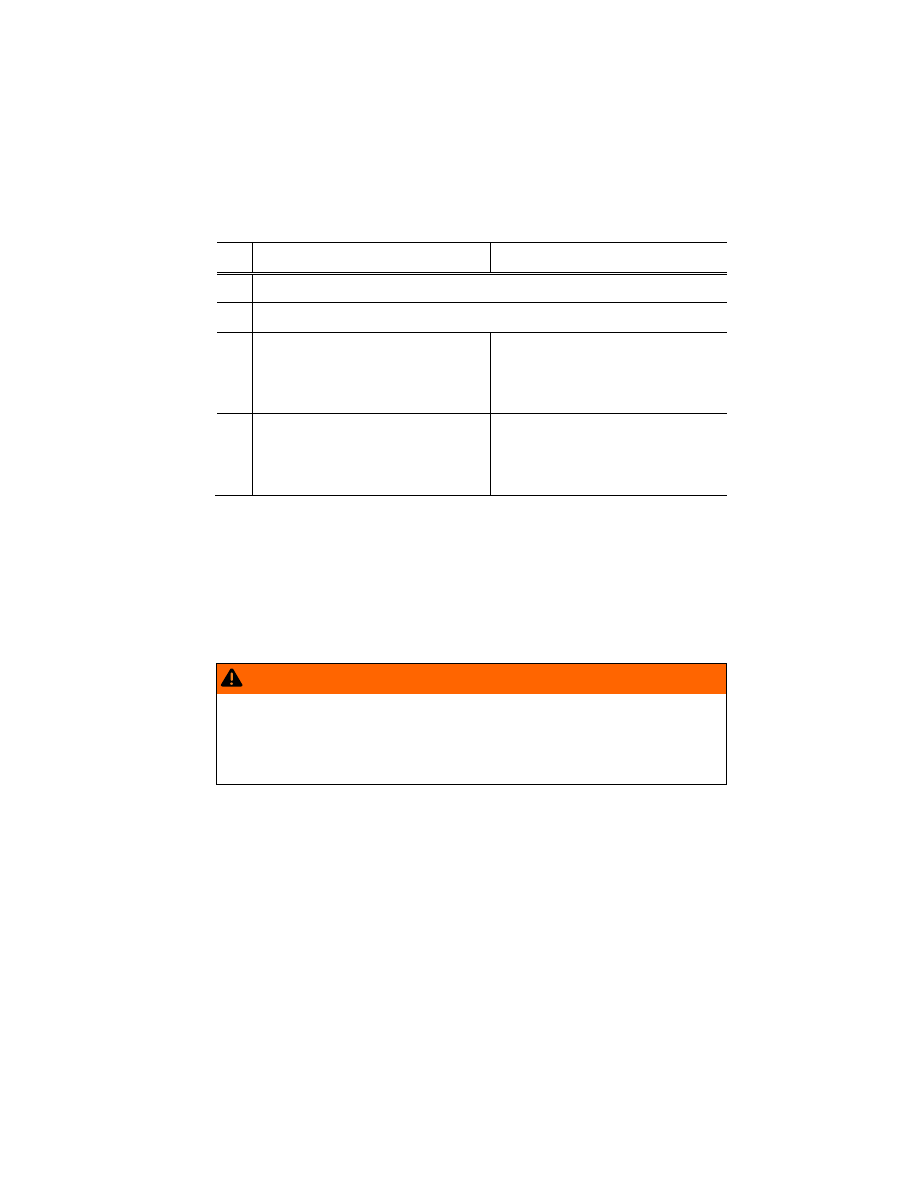Volkswagen Beetle (2015 year). Instruction - part 15

and release the parking brake while depressing the accelerator. For Hill Hold to work, the engine must
be running and the vehicle must be in First Gear or Reverse (manual transmission) or in Drive (D),
Sport Drive (S), or Reverse (R) (automatic transmission) and you must use the foot brake to hold the
vehicle before starting to move.
Hill Hold keeps the brake applied for not quite 2 seconds with the same force you used to prevent the
vehicle from moving. This gives you time to take your foot off the brake, let the clutch out on a manual
transmission vehicle, and gently depress the accelerator to get the vehicle moving again. If you do not
depress the accelerator pedal and get the vehicle moving again within this time, the brakes will release
and the vehicle will roll downhill. Furthermore, if any requirement for engaging Hill Hold is no longer
met while the vehicle is stopped, Hill Hold disengages and the brakes are automatically released and
will no longer hold the vehicle.
Hill Hold is activated automatically when points 1 to 3 are met at the same time:
Step
Manual transmission
Automatic transmission
1.
Hold the stopped vehicle on an incline with the foot or parking brake.
2.
The engine must be running “smoothly.”
3.
A manual transmission vehicle must be in 1st
gear (1) if headed up a hill or in Reverse (R) if
backing up a hill; you must hold the clutch
down and the foot brake must be depressed
to keep the vehicle from moving.
An automatic transmission vehicle must be in
Reverse (R), Drive (D), or Sport Drive (S) and
the foot brake must be depressed to keep the
vehicle from moving.
4.
To drive off, take your foot off the brake pedal
as you let the clutch out and gently depress
the accelerator within 2 seconds. If the accel-
erator is not depressed, the brakes will re-
lease automatically.
To drive off, take your foot off the brake pedal
and gently depress the accelerator within
2 seconds.
Hill Hold is immediately deactivated:
If any requirement listed in the table above is no longer met.
If the engine is not running smoothly or the engine malfunctions.
If the engine stalls or is switched off.
If the driver door is opened.
Automatic transmission vehicles: If the transmission is in Neutral (N).
Automatic transmission vehicles: If a tire does not have enough road contact (such as when the
vehicle is tipped or at an angle).
WARNING
The intelligent technology of Hill Hold cannot overcome the laws of physics. Never let the
increased convenience provided by Hill Hold tempt you into taking risks.
The Hill Hold feature cannot hold the vehicle in all hill start situations (for example, if the
surface is icy or slippery).
Hill Hold can only help keep the vehicle from moving for less than 2 seconds. After that,
the brakes will be released and the vehicle can roll down the hill.